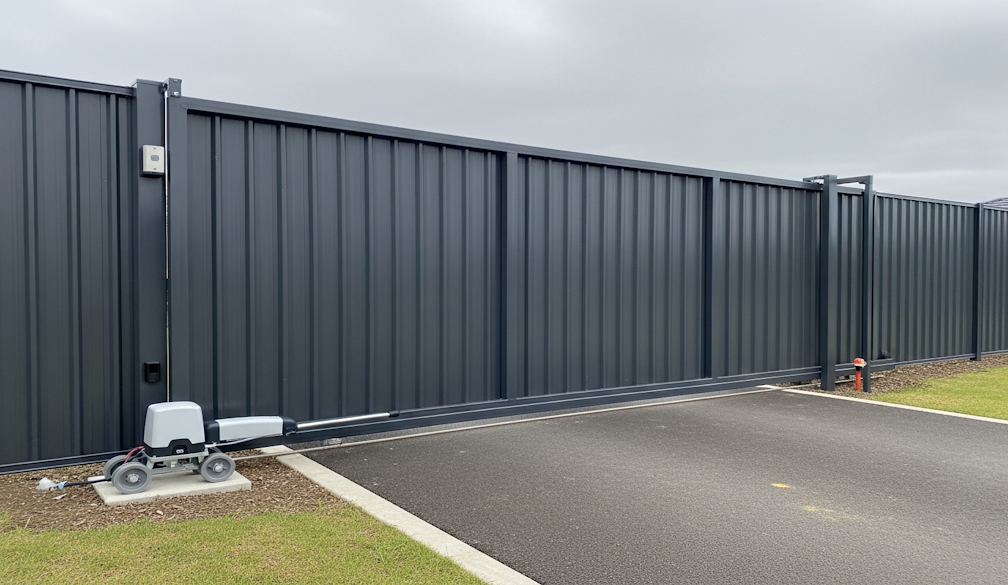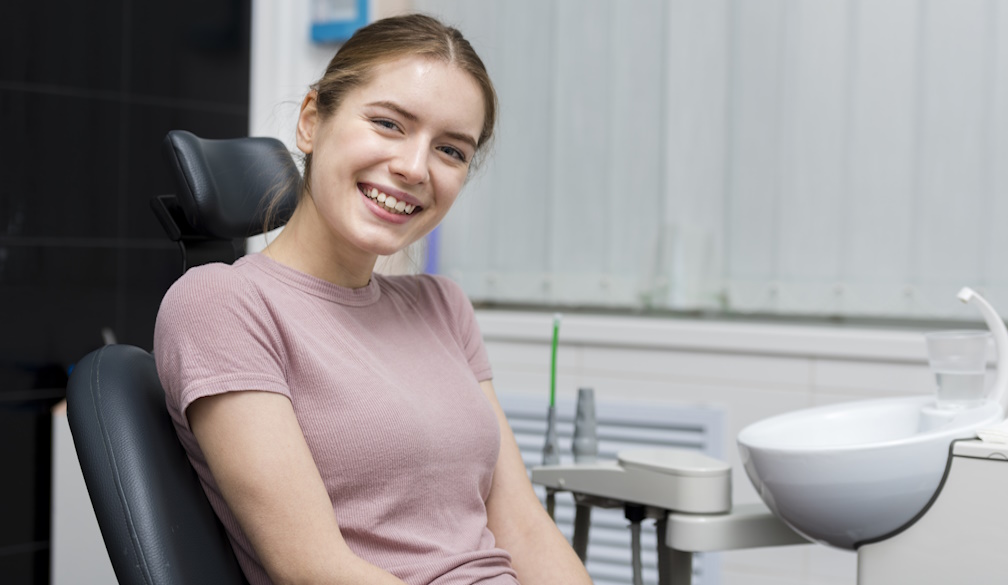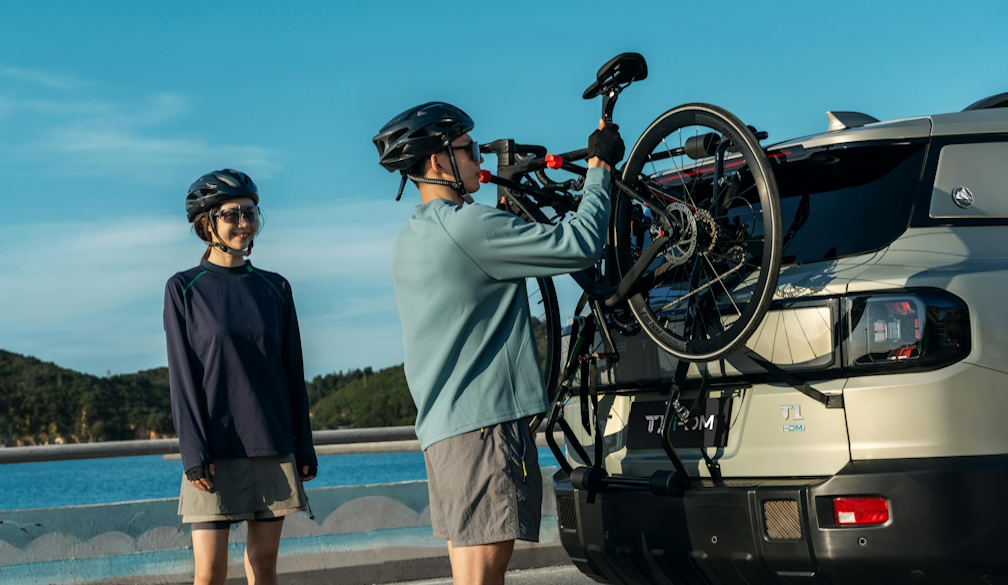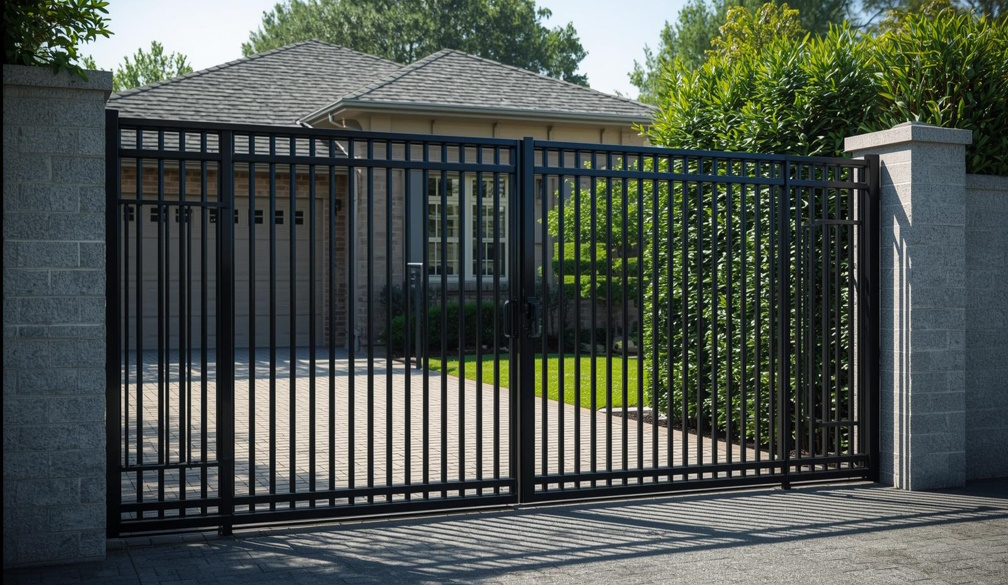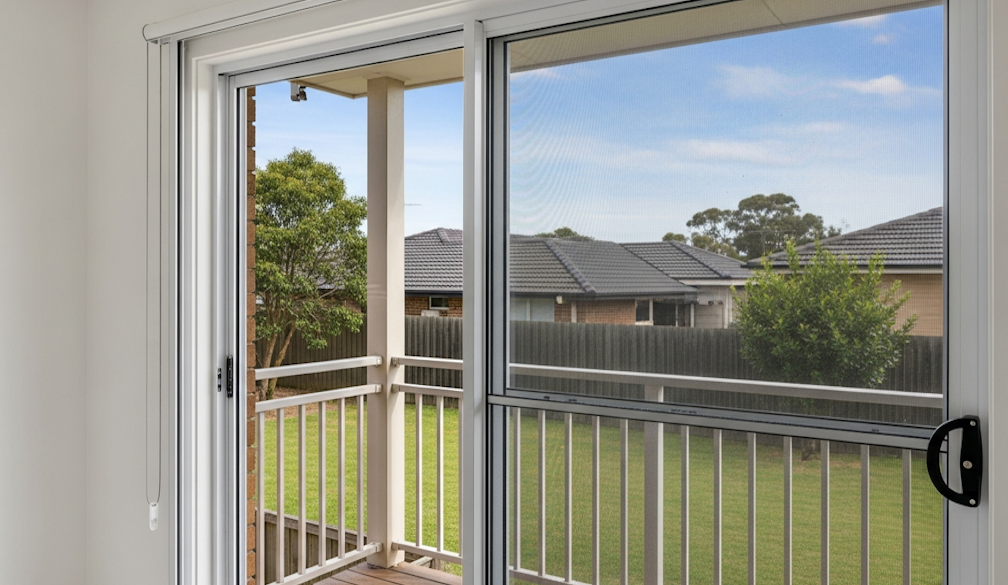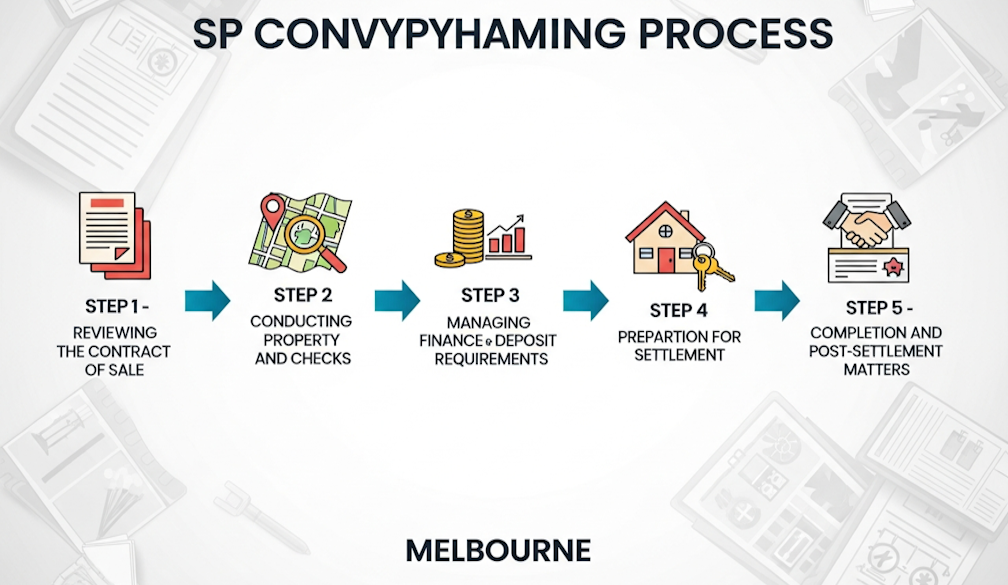Aussie students are a year behind students 10 years ago in science, maths and reading
- Written by Sue Thomson, Deputy CEO (Research), Australian Council for Educational Research
Australian 15-year-old reading scores are way below those of their peers in ten countries – including Singapore, Estonia, Canada, Finland, Ireland, Korea and Poland.
And around 41% of Australian 15 year olds have failed to meet the minimum national standards in reading – up from 31% in 2000.
These are some of the results from the OECD’s 2018 Program for International Student Assessment (PISA) released today, which tested the performance of education systems across 79 countries and economies.
Since PISA first assessed reading literacy in 2000, Australia’s mean score has declined by the equivalent of around three-quarters of a year of schooling.
In maths, Australia trailed 23 countries including Singapore, Japan, Korea, Estonia, the Netherlands, Poland, Canada, the United Kingdom and Ireland. And in science, we were behind 12 countries including Singapore, Estonia, Japan, Finland, Canada, Poland and New Zealand.
The latest results put Australia in 11th place in reading – on par with China, Denmark, Germany, Norway, Sweden, the United Kingdom and the United States.
This placement doesn’t sound bad, but compared to the highest performing OECD countries, Australia is about seven months in reading and 12 months in science behind Estonia, and 15 months behind Japan in maths.
In science, maths and reading, Australia’s students today are almost a full year behind those of more than a decade ago.
Australia’s performance on a downward trajectory
PISA is a two-hour test to see how well 15-year-old students in (randomly selected) secondary schools across all 36 OECD countries, and 43 other countries or economies, can apply reading, maths and science to real-life situations.
The three assessment domains are rotated every three years, so one domain is the major focus (the major domain). A larger amount of the assessment time is devoted to this domain compared to the other two (the minor domains). This year, reading was the major domain.
Australian students did achieve an average of 503 points in reading. The OECD average – the benchmark against which each country’s performance in PISA 2018 can be compared – was 487 points in reading.
The four provinces of China which participated (Beijing, Shanghai, Jiangsu and Zhejiang) had the highest mean reading score of 555 points. Singapore was the highest performing country with an average of 549 points.
The results also show 20% of Australian students did not meet the international level of reading proficiency on the PISA performance scale. This is the level the OECD determines a student needs to actively participate in life. In 2000, 12% of Australian students didn’t attain this level in reading.
Australia’s 2018 performance was above the OECD average in science, but it fell to be at the OECD average in maths.
The PISA results show 46% of Australian 15 year olds failed to meet the minimum national standards in mathematics and 42% fell short in science.
Read more: The PISA world education test results are about to drop. Is Australia getting worse?
Over the 15 years of measuring maths literacy, Australia’s performance has declined by the equivalent of about one and one-quarter years of schooling. And over the 12 years of measuring science literacy, Australia’s performance has declined by almost one full year of schooling.
Female students across all countries and economies participating in PISA 2018 outperformed male students in reading. In Australia, girls were around the equivalent of one year of schooling ahead of boys.
How we compare across the nation
Based on the latest scores, the OECD has labelled Australia as having a “high quality - high equity” education system because scores on both were above the OECD average.
But there was a difference of about three years of schooling in each subject area between students in the highest socioeconomic quarter (advantaged students) and those in the lowest socioeconomic quarter (disadvantaged students).
The OECD labels students who have not reached the baseline level of proficiency required to participate fully in modern society as “low performers”.
In reading, one in three disadvantaged students was classed as a “low performer”, compared to just one in ten advantaged students. In maths, the numbers are even more sobering: 37% of disadvantaged students were low performers, compared to 11% of advantaged students.
Indigenous students were between two and three years behind their non-Indigenous peers across all areas – with 43% (compared to 18%) classed as low performers in reading, 48% (compared to 21%) in maths and 44% (compared to 18%) in science.
How we compare internationally
If excelling by international standards means performing to a standard similar to the Asian powerhouses, we have a great deal of work ahead.
The combined four provinces of China that participated – Beijing, Shanghai, Jiangsu and Zhejiang – while by no means representing China as a whole, represent more than 180 million people, and have an average income well below the OECD average.
Their scores are about one and a half years of schooling higher than Australia in reading, three and a half years higher in maths, and three years higher in science.
Participation in international studies such as PISA enable us to stop and look at how Australia’s education system stacks up against those of other countries – including our trading partners.
These findings show, again, that achievement in reading, maths, and science has been in steady decline for many years. We need to push the pause button and take stock of our curriculum, teaching and assessment methods.
Sue Thomson does not work for, consult, own shares in or receive funding from any company or organisation that would benefit from this article, and has disclosed no relevant affiliations beyond their academic appointment.
Authors: Sue Thomson, Deputy CEO (Research), Australian Council for Educational Research


